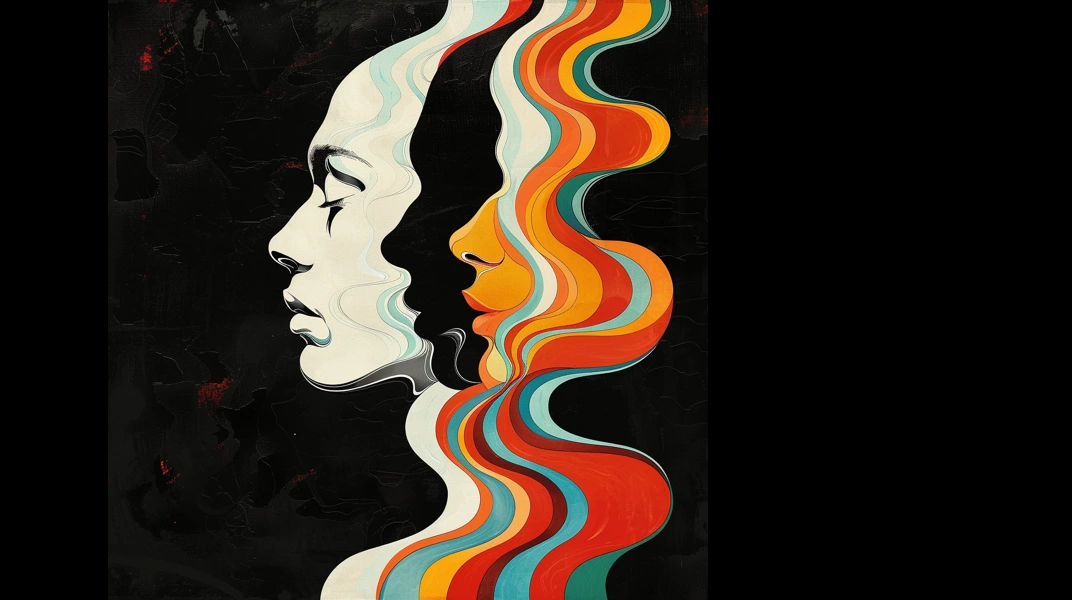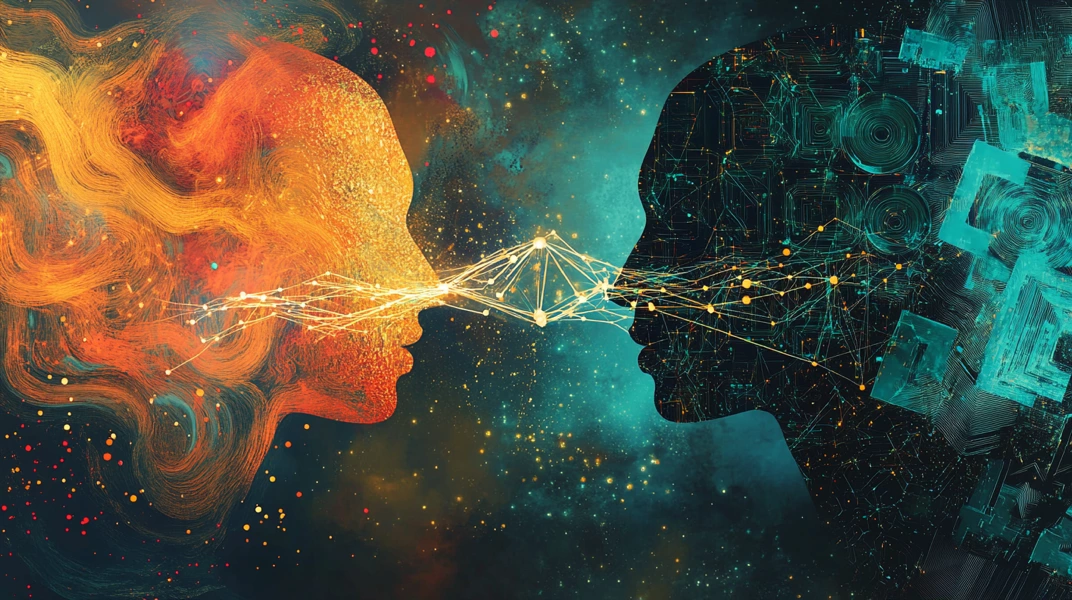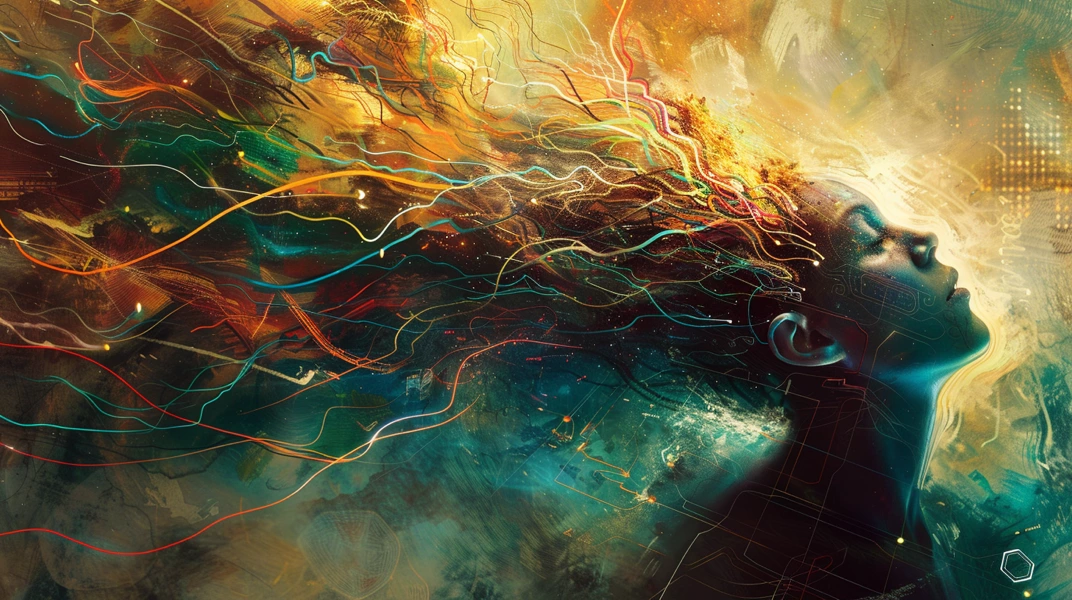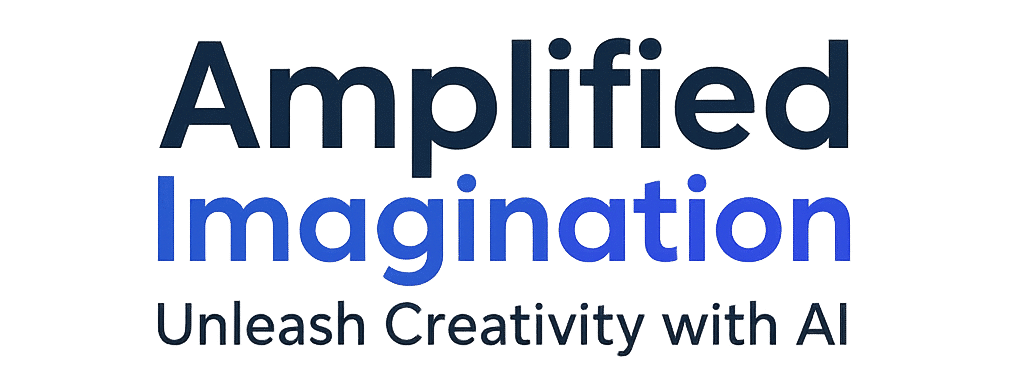McKinsey’s 2025 research predicts generative AI could inject up to $4.4 trillion annually into the global economy, with labor productivity potentially growing 0.1–0.6% per year through 2040. More dramatic short-term gains are already materializing: Upwork’s 2024 Research Institute found employees using AI report an average 40% productivity boost, with AI tripling productivity on one-third of tasks. Seventy-seven percent of C-suites confirm measurable productivity gains from AI in the past year.
Impressive numbers. Undeniable momentum.
Now show me the originality metrics.
Because here’s what I’m seeing in creative work across industries:
Everyone’s getting faster. Nobody’s getting more interesting.
The Great Homogenization
The algorithm optimizes for probable. Your imagination reaches for possible.
That distinction matters more now than ever.
Bill Bernbach knew this in 1960: “Creativity is the last unfair advantage we’re legally allowed to take.”
Steve Jobs built Apple on it: “Innovation distinguishes between a leader and a follower.”
Neuroscientist David Eagleman explains why: “Creativity is about making connections the brain wouldn’t ordinarily make.”
But here’s the problem we’re facing,
AI is excellent at ordinary connections. It analyzes patterns from existing data to predict what usually works, what typically happens, what most people do. The result? Competent but generic. Statistically likely but creatively dead.
What AI can’t do: Wonder about things that don’t exist yet. Wander down improbable paths. Imagine futures no data set contains.
What History Teaches Us About Creative Advantage
You’ve probably noticed it already. The flood of generic AI content everywhere, bland social media posts, soulless marketing copy, forgettable articles that all sound eerily similar.
This “AI slop” (as it’s becoming known) is what happens when people surrender creative control to systems designed for probability, not possibility.
Recent research shows AI models converging toward “safe” probability-based outputs, what linguists are calling “model collapse.” And when everyone uses the same probability engines with similar prompts, we get convergent mediocrity at scale.
The Skills That AI Can’t Replicate
Recent reports show AI is already displacing junior-level positions across industries. But here’s what’s revealing: the roles being automated are precisely those that relied on predictable, pattern-based thinking.
The skills that remain valuable, and will become more so, are distinctly human:
1. Forensic Curiosity Not passive wondering, but active exploration. The ability to ask unexpected questions, notice unusual details, and follow hunches down paths that don’t make obvious sense. AI can answer questions brilliantly. It can’t ask the weird ones that lead somewhere new.
2. Critical Judgment Not just checking accuracy, but sensing authenticity. Knowing when AI’s response is just algorithmic probability versus when it captures genuine insight. This is curation at the highest level, the taste to know what deserves development and what should be discarded.
3. Connection-Making The essentially human skill of linking disparate experiences, memories, and observations in ways that reveal new possibilities. AI can extend connections you show it. It can’t make the first imaginative leap that connects things that “shouldn’t” connect.
4. Serendipity Engineering Creating conditions where improbable discoveries become likely. Learning to notice what others miss, building relationships with people your algorithms would never suggest, seeking perspectives outside your bubble. This is the opposite of algorithmic optimization.
From Probable to Possible: A Real Example
Let me show you what this looks like in practice.
Recently, I was driving past a local farm and saw an “eggs for sale” sign. A ridiculous wondering popped into my head: “What if people could rent chickens instead of buying eggs?”
An AI would never generate that question. It’s too improbable.
But once I had it, AI became incredibly useful. I spent 10 minutes sketching what a chicken rental service might look like, subscription models, weekend chicken experiences, urban farming without commitment.
Then I brought this to AI: “I’m exploring whether there’s a market for temporary chicken ownership in urban areas. What questions should I be asking? What similar models exist? What would make this work or fail?”
Suddenly AI was amplifying my weird wondering rather than leading me toward probable solutions.
The result? Not a business I’ll launch (though who knows), but a perfect example of the partnership: Human imagination sparks the improbable. AI helps explore it systematically. Human judgment curates what matters.
The Three Types of AI Users
In my conversations, I’ve noticed three distinct approaches to AI:
The Surrenderers hand AI the wheel entirely, becomes passengers. “Write this for me.” “Tell me what to do.” “Which idea is best?” They get competent mediocrity, fast.
The Resisters refuse to engage, worried AI will replace them. They’re right to worry about the threat, but wrong to think avoidance is the answer.
The Amplifiers understand the real partnership. They lead with curiosity and judgment. They use AI to explore territories their minds glimpse but can’t fully map alone. They maintain creative control while accessing computational power.
The first group is creating the AI slop flooding our feeds. The second group is falling behind. The third group is building unfair advantages.
What This Means for You
In a world drowning in optimized sameness, originality isn’t a nice-to-have.
It’s your only sustainable advantage.
But here’s the challenge: Most of us have trained ourselves out of the very skills that create originality. We’ve optimized for efficiency, not imagination. For answers, not questions. For what’s proven, not what’s possible.
The good news? These skills can be rebuilt. Curiosity is a muscle. Judgment improves with practice. Your ability to make unexpected connections strengthens when you protect the conditions where it thrives.
The future belongs not to those who can simply prompt AI effectively, but to those who can maintain their curiosity, critical judgment, and capacity for serendipitous discovery, while using AI as an amplifier of genuinely original thinking.
The Choice Ahead
AI will make competent output abundant and cheap.
Which means the only work that commands premium value will be the work that’s unmistakably human, shaped by curiosity AI can’t replicate, guided by judgment AI can’t develop, elevated by imagination AI can’t originate.
Your move: Become better at being human. Then use AI to amplify what makes you irreplaceable.
Because when you’re the driver and AI is the engine, anything you once imagined impossible becomes achievable.
The Probability Machine vs. The Possibility Mind
Want to learn how to build this partnership? I’ve created Amplified Imagination, a 4-week intensive that helps you reclaim creative agency in the age of AI. Not prompts. Not hacks. A fundamental shift in how you work with AI while protecting what makes your thinking valuable. [Learn more →]




